How to Choose the Right Usability Testing Tool for Your Needs
10 Best FREE Card Sorting Tools
Identifying exactly what you need can be daunting, especially if you’ve never used one before. To make it easier, I found that defining a scenario that resonates with your situation helps a lot. Here’s how I approach it:
Define Your Design Scenario
Scenario One: “We need to redesign our existing website to improve user engagement and conversion rates.”
- Address this by:
- Observing users interacting with your current website to understand their needs and frustrations.
- Conducting interviews and surveys to gather user behaviors, preferences, and opinions.
- Analyzing competitor websites to identify opportunities for improvement.
Scenario Two: “We’re developing a new mobile app and need to ensure a seamless user experience before launch.”
- Address this by:
- Gathering data to design intuitive user flows and navigation.
- Testing prototypes with users to gather feedback and iterate on the design.
- Running usability tests to identify and fix issues before the app goes live.
- Address this by:
How to Evaluate a Usability Testing Tool
No two usability testing tools are the same. When I evaluate options, I consider these key components based on my needs and priorities:
- Study Participants
- How many participants can I test with?
- How are participants chosen and vetted?
- Dashboard Organization
- Can we organize our work if several teams use the solution?
- Can we download results for external storage?
- Study Templates
- Is it possible to create and store research templates for organizational use?
- Do we lose work if we start a study but aren’t ready to run it?
- Turnaround Time
- How quickly can we expect results?
- What are the service level agreements for studies?
- Device Options
- What types of devices can we test?
- Which platforms are supported?
- Seat Licenses
- What is the cost per user or admin, and is there a limit to the number of seats?
- Study Types
- Is it possible to run longitudinal studies with the same participants over time?
- Do you partner with other companies, and what benefits do they provide?
- Results and Reports
- What exact deliverables can we expect?
- Are additional analyses and executive summaries available?
- Expert Resources
- What is the background of your key employees?
- Can your team do all the work for us, and at what cost?
- What are your customer support hours and emergency assistance options?
What to Look for in a Usability Testing Tool
I ensure that my usability testing tool can:
- Target Your Customers
- Use platforms like UserTesting to access a vast and diverse panel of users.
- Customize screener questions to find the right participants.
- Ask Your Customers
- Create test plans to ask any question or request tasks from users.
- Use template galleries for inspiration.
- Watch Your Customers’ Experience
- Utilize Customer Experience Narratives (CxNs) to gain first-hand views of user interactions through video.
- Learn from Your Customers
- Build empathy quickly with visualizations, transcripts, metrics, and analysis.
- Share Your Insights
- Share insights easily across your organization using integrated tools like Slack, JIRA, and Trello.
Leading Usability Testing Tools
- Choosing the right usability testing platform is crucial for improving user experience. Here are six popular usability testing tools that I’ve found particularly effective:
UXtweak
Overview: This is one of my favorites. They support all types of card sorting: open, closed, and hybrid. It’s a great online tool to create and manage your card sorting exercise. It’s easy to share with your respondents using their website widget, and you can even motivate people by setting up rewards.
This tool allows you to fully customize messages you show your visitors. It could be a welcome message, instructions, a thank you message, etc.
On top of that, you can create a custom questionnaire and ask people to fill it out before or after your study. Respondents who don’t match your target audience will not be able to proceed to your UX research.
They offer a number of other cool features such as session recording or unmoderated testing. Lately UXtweak released new update and now you can conduct moderated testing as well
- Usage: I use it to validate concepts, iterate on designs based on user feedback, and understand user behavior and preferences in depth.
- Benefits:
- Access to a vast user panel.
- Both live and recorded sessions.
- Integration with project management tools.
- Unique Features:
- Extensive user base for diverse feedback.
- Live Conversation feature for real-time user insights.
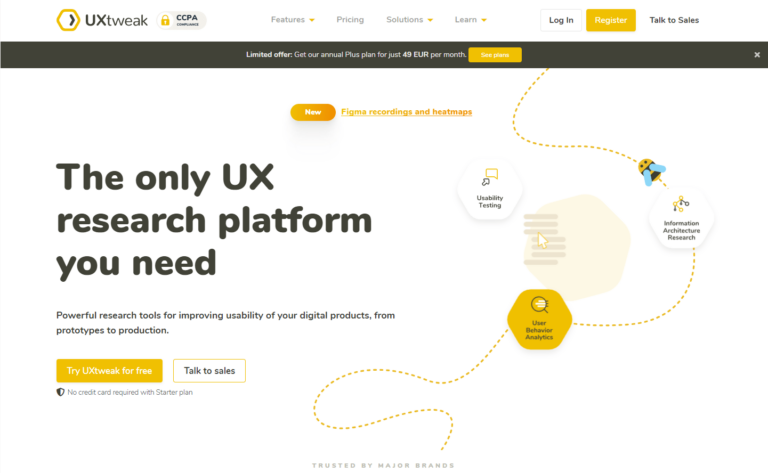
Lookback
- Overview: Lookback facilitates live, interactive user research sessions, including in-depth interviews and usability testing. It supports both synchronous and asynchronous research.
- Usage: Ideal for conducting in-depth user interviews and real-time observation.
- Benefits:
- Real-time interaction capabilities.
- Cloud-based storage for easy organization.
- Both moderated and unmoderated testing.
- Unique Features:
- Live broadcasting for team observation.
- Timestamp recordings for detailed analysis.
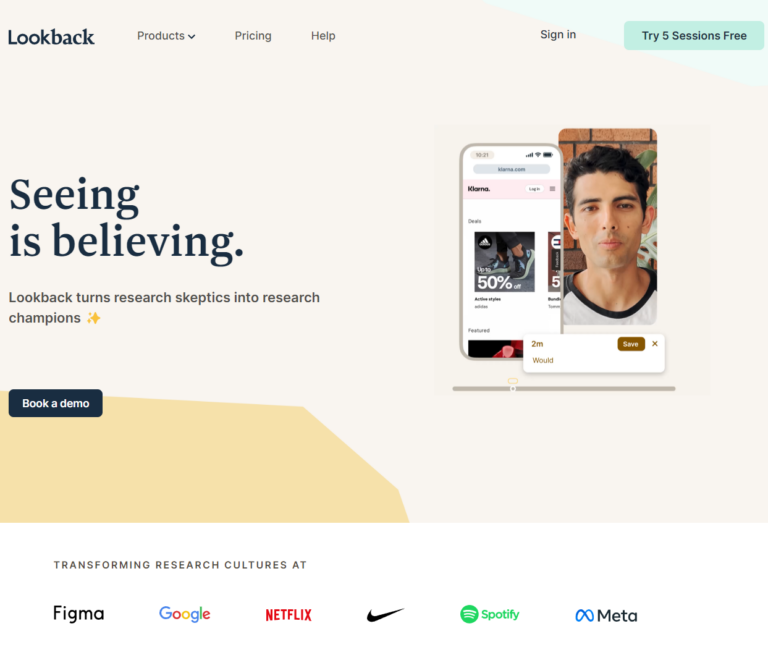
Hotjar
- Overview: Hotjar visualizes user behavior on websites/apps through heatmaps, session recordings, and surveys. It shows user engagement clearly.
- Usage: I use it to optimize user engagement and conversion rates.
- Benefits:
- Intuitive heatmaps.
- Session recordings for context.
- Direct user communication tools.
- Unique Features:
- Visual representation of user data.
- Feedback tool for quick iterations.

Loop11
- Overview: Loop11 supports agile development cycles with quick test creation and feedback gathering. It offers heatmaps, session replays, and conversion funnels.
- Usage: Fits seamlessly into agile methodologies for rapid iterations.
- Benefits:
- Agile-friendly setup.
- Comprehensive testing features.
- Device/platform flexibility.
- Unique Features:
- Tailored for agile development.
- Detailed analytics and visualization tools.
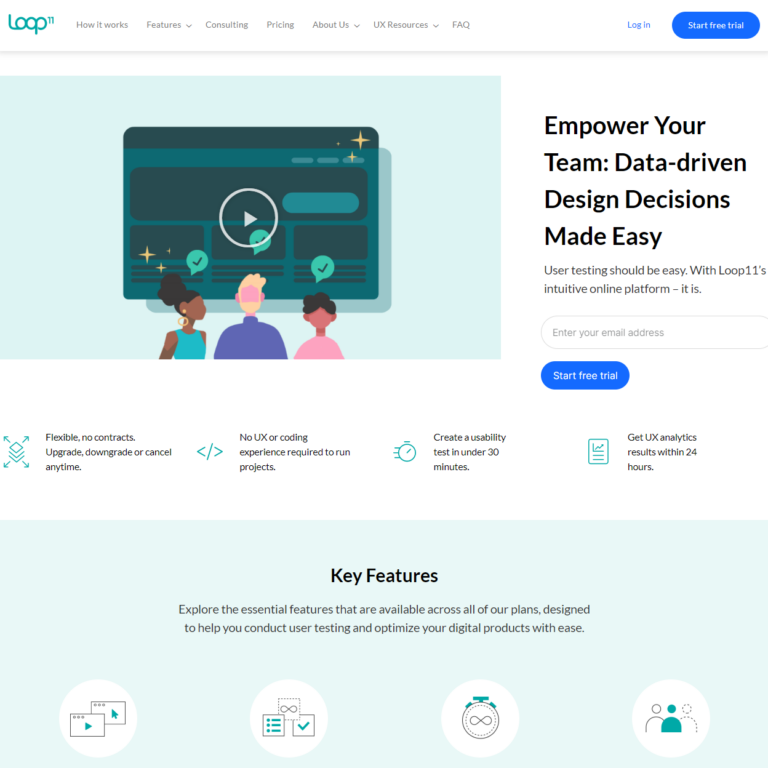
Maze
- Overview: Maze supports unmoderated usability testing integrated with design tools. It provides actionable insights through surveys and reports.
- Benefits:
- Wide range of testing methods.
- Rapid test creation and distribution.
- Detailed analytics for decision-making.
- Unique Features:
- Live website testing for post-launch optimization.
- Integrated reporting tools.
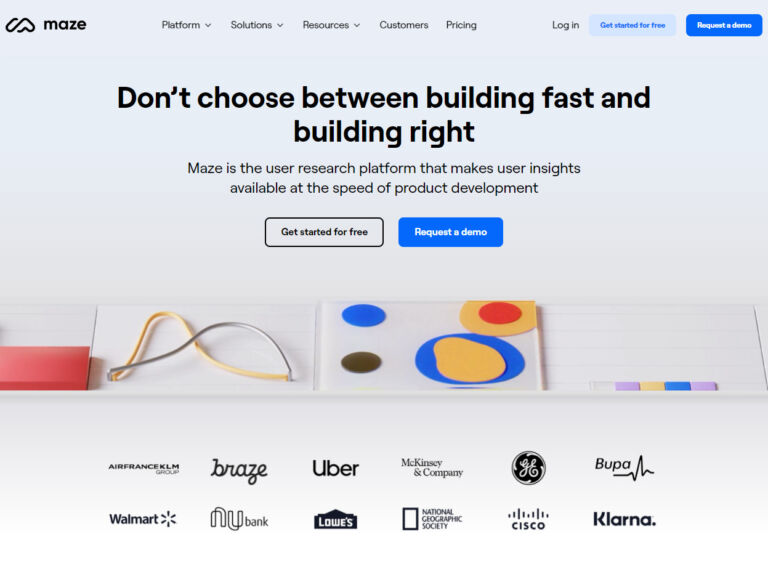
Crazy Egg
- Overview: Crazy Egg specializes in website optimization with heatmaps, session recordings, and A/B testing. It visualizes user engagement hotspots.
- Usage: I use it for data-driven optimization to increase user engagement and conversion rates.
- Benefits:
- Detailed visual data on user engagement.
- A/B testing for design variations.
- User recordings for journey insights.
- Unique Features:
- Easy-to-use interface.
- Actionable insights for optimization.
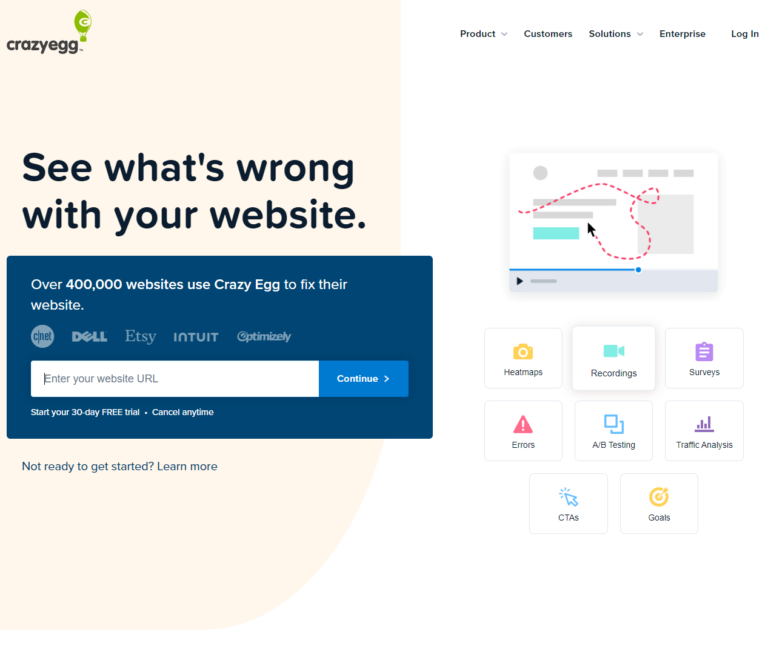
Optimal Workshop
Overview: Optimal Workshop is a comprehensive UX research platform offering multiple testing methods to streamline your research workflow. It includes specialized tools for card sorting, tree testing, first-click testing, surveys, and user interviews, all integrated into one platform. This makes it a versatile choice for gathering both quantitative and qualitative data, ensuring that your team can make informed, data-driven decisions.
Usage: Understand how users categorize information to optimize website. Evaluate the findability of topics within your website’s structure. Assess the effectiveness of your website’s layout and design. Collect direct user feedback on various aspects of your product.
- Benefits:
- Streamlined Research:
- Actionable Insights
- Fast Results
- Unique Features:
- Automated Analysis
- In-App Recruitment
- Granular Visualizations
- Comprehensive Toolset
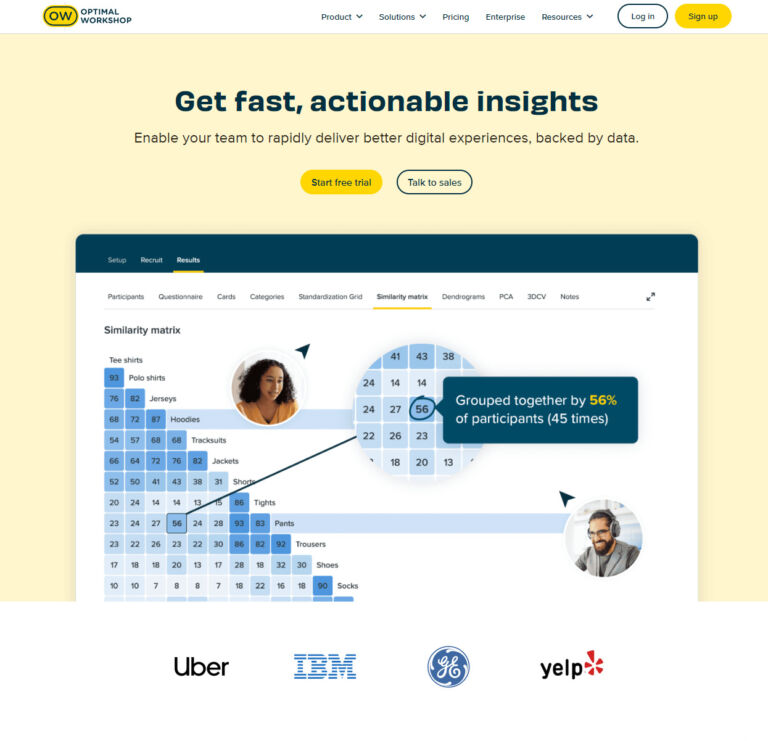
Are you still looking for the best UX research tool for your usability tests?
For me it was UXtweak.
